Have you heard of the concept of a cycle syncing diet and wondered what it is and whether it's right for you?
In this article, I cover everything you need to know about cycle syncing foods from a dietitian perspective, including the 4 phases of the menstrual cycle, the benefits of cycle syncing, and how to plan your diet based on what phase of your menstrual cycle you are in.

Jump to:
- What is Cycle Syncing?
- When Did Cycle Syncing Originate?
- Benefits of a Cycle Syncing Diet
- What are the Menstrual Cycle Phases?
- Cycle Syncing Food
- 1. What to Eat During Menstrual Phase (Days 0-7)
- What to Eat During Follicular Phase and Ovulation Phase
- What to Eat During Luteal Phase
- Cycle Syncing Food Chart
- Cycle Syncing Fitness Routine
- In Conclusion
- Looking for More Nutrition Education?
- Check Out These Nourishing Recipes
- 💬 Comments
What is Cycle Syncing?
Simply put, cycle syncing is when you adapt your daily activities and routine around the stage of your menstrual cycle and how you feel as a result of hormone fluctuations that vary throughout the month.
At its core, cycle syncing includes adjusting both your exercise routine and diet depending on your cycle. But it’s recently expanded to include other parts of daily routines. This includes planning work projects and social events around your cycle.
For example, schedule your most productive work day or a fun social event during the phase you have the most energy. And try to schedule work tasks that require less brain power on the days you anticipate being lower in energy.
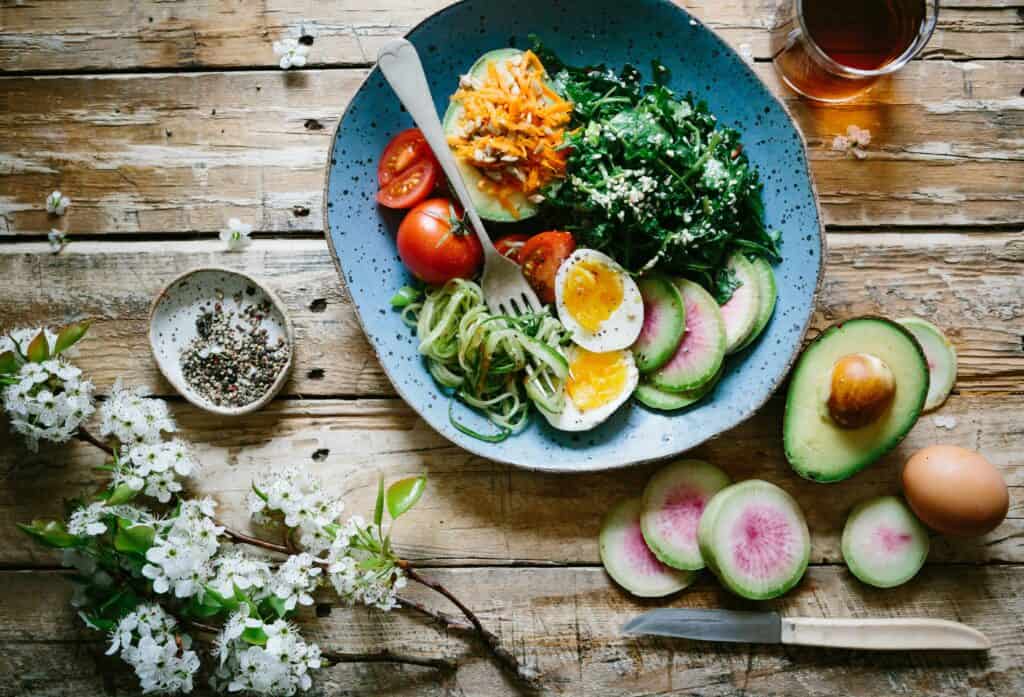
It’s no secret that if you're a menstruating woman, you feel different depending on what week of the month it is. Even when you aren't on your period, there might be times throughout the month that you just don't feel yourself.
Many women experience mood changes, increased appetite, decreased sex drive, breast tenderness, cravings, and water retention during part of the month. And the other part of the month they may have higher energy levels, an increased sex drive and clearer skin.
Appetite is impacted by hormone levels, too. Have you ever noticed you are ravenously hungry some weeks even though you haven’t changed anything else in your routine? Becoming familiar with a cycle syncing diet can help you to better understand and support your body and curb cravings without feeling restricted.
While there are many factors that contribute to how we feel, if you are a menstruating woman then learning the stages of your cycle can allow you the freedom to plan your diet and productivity according to the phases of your cycle.
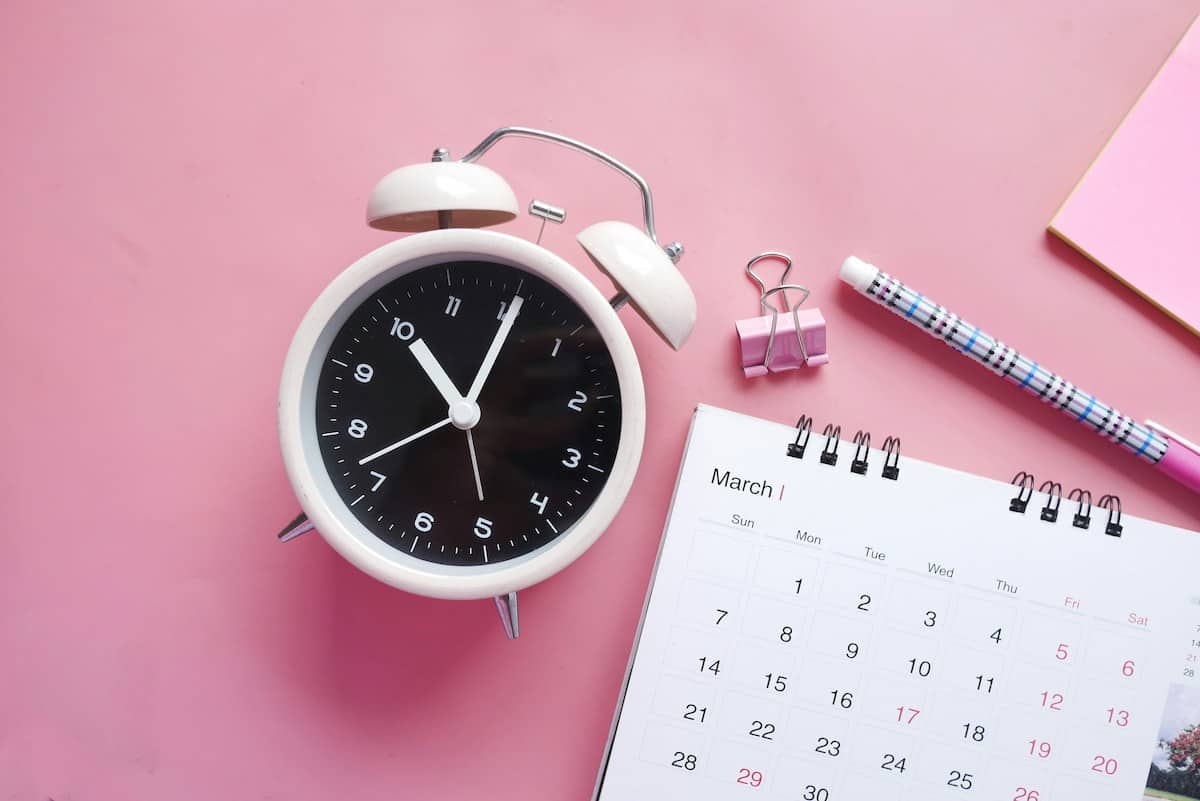
When Did Cycle Syncing Originate?
The term was first introduced by Functional Nutritionist Alisa Vitti in 2014 in her book “Woman Code”. There isn’t much concrete research around the concept, but many women have adopted a lifestyle that includes cycle syncing and found that it helps them feel more balanced.
Benefits of a Cycle Syncing Diet
You might have realized by now that a cycle syncing diet is best for women who are of menstruating age and have a cycle. But what are the benefits of planning diet and exercise around your cycle?
It really boils down to 2 main benefits:
- A cycle syncing diet can help to balance your hormones.
- Balancing your hormones can help you feel your best with less PMS symptoms.
Once you can recognize what is happening in your body, you are better able to support it through good nutrition and other things like exercise and rest in order to promote your best health.

What are the Menstrual Cycle Phases?
Every woman’s cycle may vary within a few days, but the typical menstrual cycle occurs every 28 days starting with the first day of your period. There are 4 phases of the menstrual cycle.
- Phase 1: days 0-7, Menstrual Phase. This is the part of the menstrual cycle when a woman is having vaginal bleeding as the unfertilized egg and uterus lining are shed. Estrogen levels and progesterone levels are low during the menstrual phase. Energy levels are also typically low during this time. When the uterine lining sheds during the menstrual phase, there is a rise in inflammatory substances called prostaglandins. You may notice water retention, menstrual cramps, and bloating.
- Phase 2: days 0-13, Follicular phase. The follicular phase starts the first day of the menstrual cycle and lasts until ovulation. This is the phase of a woman’s cycle when an egg matures in the ovary. The pituitary gland in the brain triggers hormonal changes including the release of follicle-stimulating hormone. There is also a rise in estrogen during this phase and you might notice an increase in energy.
- Phase 3: days 14-15, Ovulatory phase. The ovulation phase is when a woman’s body releases a mature egg from the ovary into the fallopian tubes. Estrogen and testosterone levels are at their highest. You may notice your energy levels are at a peak during this phase. You may also experience an increased sex drive. Some women have slight cramps, too.
- Phase 4: day 16-28, Luteal phase. This is the phase after ovulation leading up to a period. During this phase, cells in the ovary called corpus luteum release progesterone as your uterus is preparing to receive a fertilized egg. Along with this, estrogen decreases. You may feel premenstrual symptoms (aka PMS symptoms) and are more likely to have low energy, mood swings, and food cravings.
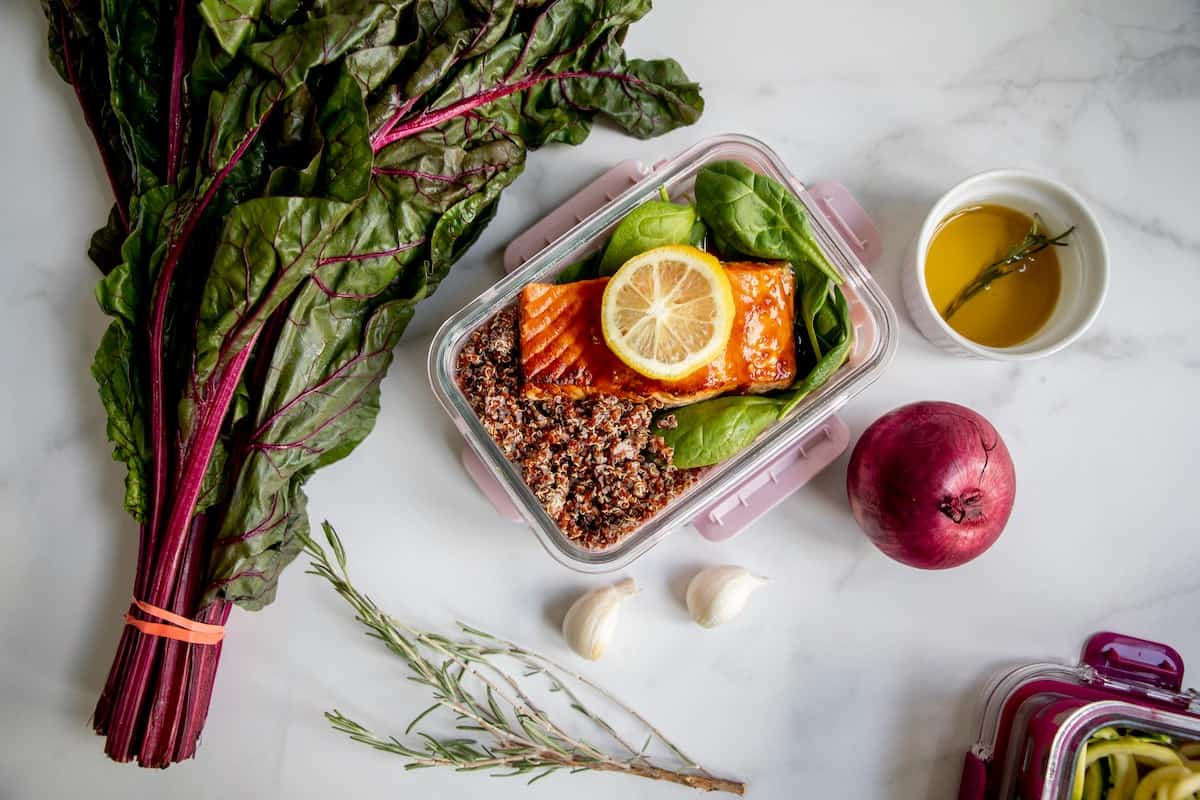
Cycle Syncing Food
Since your body needs different nutrients at different times of the month, it can be helpful to tailor your meal plan and diet according to the phase of the cycle you are in.
Below are some recommendations for foods to incorporate into your diet during the different phases of your cycle.
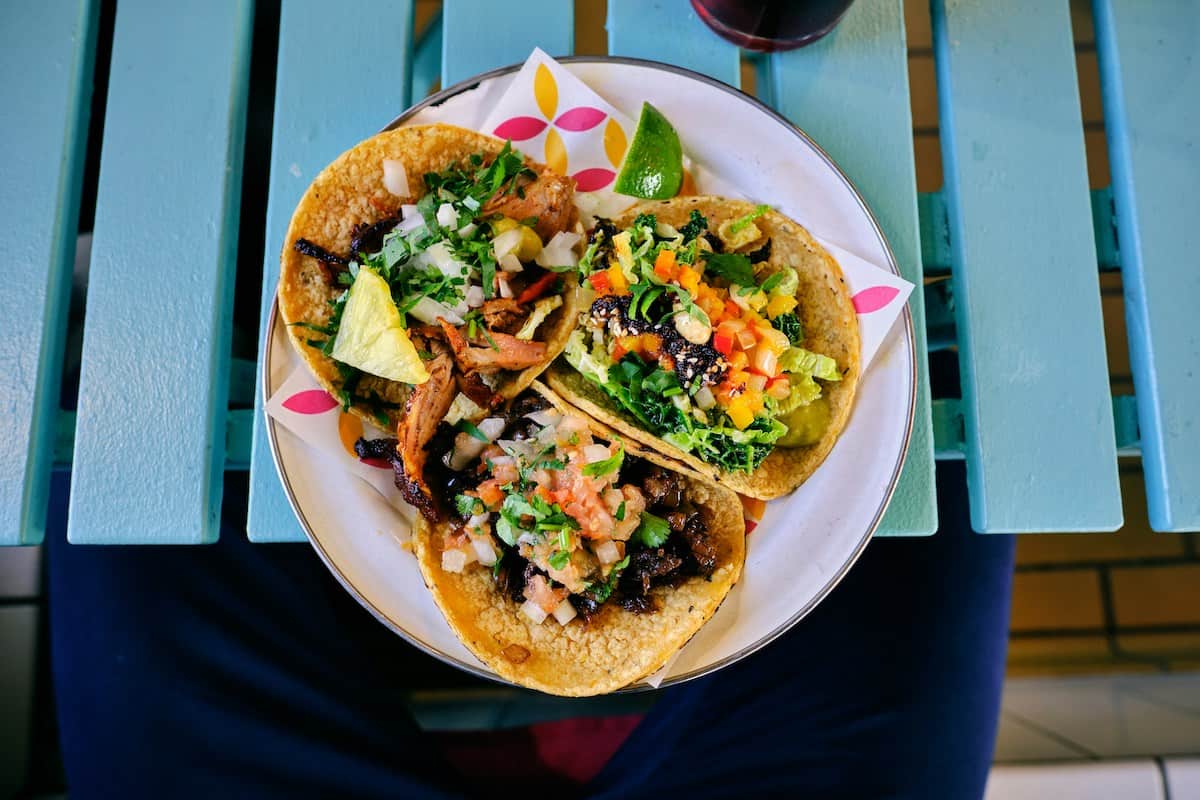
1. What to Eat During Menstrual Phase (Days 0-7)
During this phase you may experience low energy levels, bloating, and cramping. Try incorporating the foods below.
Foods Rich in Iron
Since you lose iron through blood and the menstrual phase of our cycle is when bleeding occurs, it is important to replete iron stores from blood loss and keep your iron levels within normal limits. This is particularly important for women with heavy blood flow. Iron deficiency can make you feel fatigued, light headed, and zapped of energy.
Examples of Animal Sources of Iron:
- Red meat - Beef, pork, bison, venison, and veal are all considered red meat and are high in iron.
- Poultry - Chicken, turkey, and duck are the most common poultry options.
- Eggs - Whole eggs are another iron rich food. When it comes to how to eat an egg, be sure you don't throw out the yolk since that's where most the iron is found.
- Seafood - Some seafood such as tuna, shrimp, scallops, oysters, clams, and sardines can also be included in the menstrual phase on a cycle syncing diet.
Examples of Plant Sources of Iron:
- Leafy greens - Dark leafy greens such as spinach, kale, spring mix, arugula, mustard greens, collard greens.
- Broccoli
- Legumes - This includes beans, peas, and lentils. Look for lima beans, black eyed peas, chickpeas, kidney beans, black beans, navy beans as well as soybeans, edamame and tofu. Green peas, split peas, and lentils make the list of foods for a cycle-syncing diet too. Use either dried or canned beans.
- Dark Chocolate - Make sure to look for at least 45% cocoa.
- Nuts and seeds - Add flaxseed, hemp hearts, chia seeds, or pumpkin seeds to smoothies, oatmeal, or salads. Use almonds, macadamia nuts, pine nuts or cashews in recipes or snack on them alone.
- Grain products - Many grain products are enriched and fortified with iron in the United States. These include cereals, pastas, and breads.
Aim to meet the daily intake requirements of 18 milligrams of iron per day if you are a menstruating woman between ages 19-50 years. Food labels include iron in the nutrition facts panel and can help guide you.
A couple of notes on iron:
- Heme iron is the form found in animal foods, while non-heme is the iron form found in plants. Heme iron is better absorbed by the body, so aim to eat heme iron if you are in your menstruating phase and you aren’t a vegetarian.
- Dairy products such as milk can inhibit iron absorption. Try to avoid dairy after a meal high in iron.
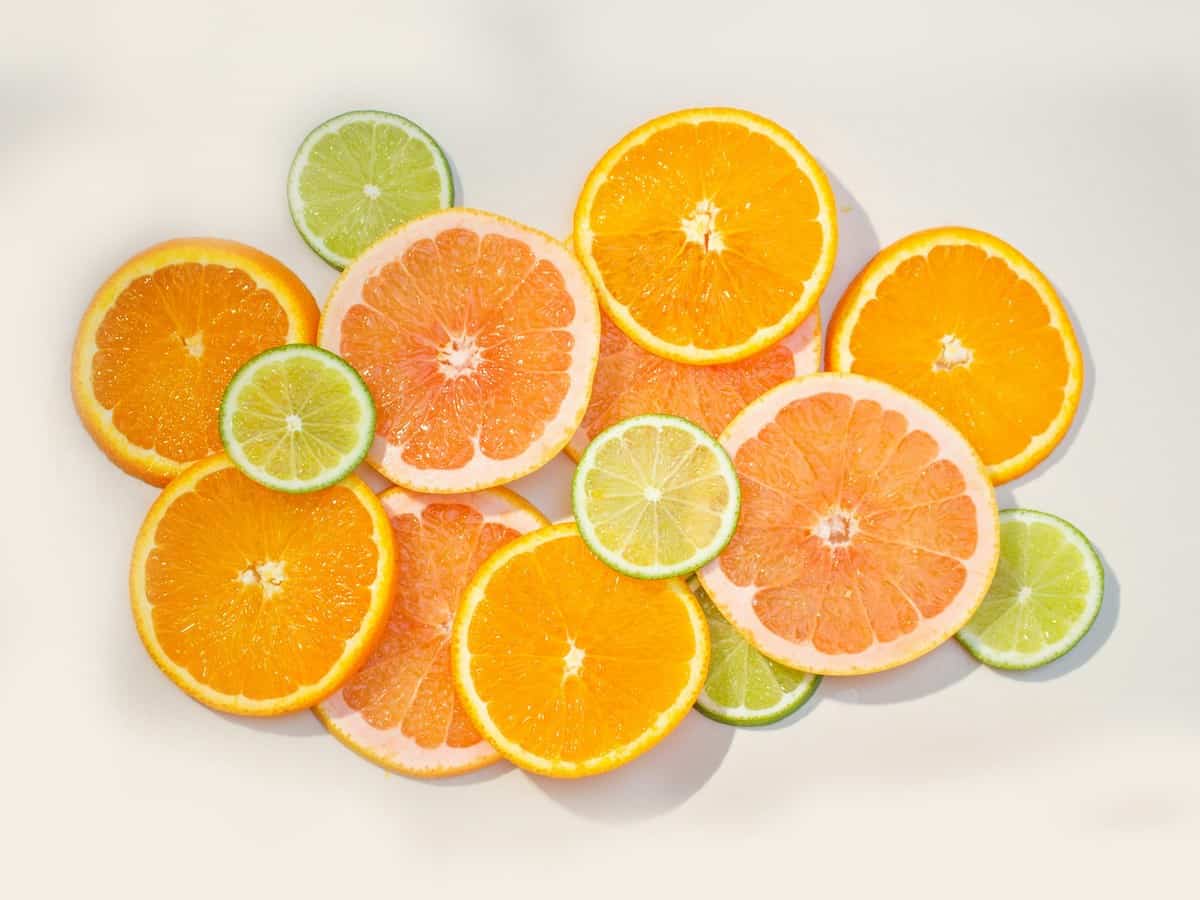
Foods High in Vitamin C that Support Iron Absorption
Foods high in Vitamin C can increase absorption of iron in your body when paired with iron-containing foods.
Examples of Foods High in Vitamin C
- Citrus Fruits - Citrus fruits include oranges, grapefruits, lemons, limes, tangerines, mandarins, and kiwi.
- Strawberries
- Bell Peppers
- Tomatoes
- Cruciferous Vegetables - These include broccoli, cauliflower, brussels sprouts, kale, cabbage, bok choy, and radish.
Make an Immunity Booster Shot full of Vitamin C that also helps your immune system. Win-win!
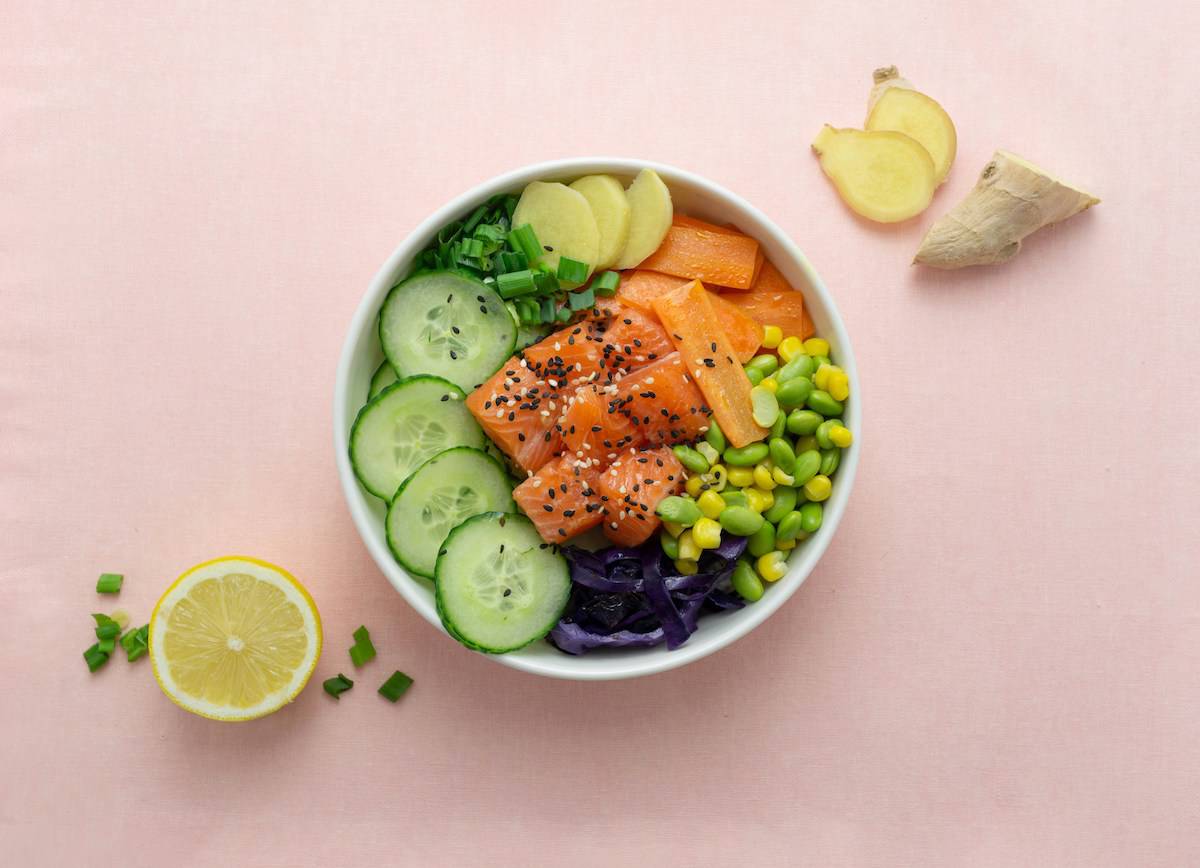
Foods High in Omega-3 Fatty Acids
Eating anti-inflammatory foods like Omega-3s can help with PMS symptoms, and the menstrual phase is the right time to eat plenty of Omega-3s on a cycle syncing diet. Omega-3s are also great for brain health, and overall hormone health .
Examples of Foods Rich in Omega-3s
- Fatty fish - This includes salmon, herring, mackerel, trout, anchovies, tuna, and sardines.
- Avocado - Avocados are high in heart-healthy fats.
- Flaxseed Oil - flaxseed oil is high in Omega-3s and can be used in dressings and dips or added to a smoothie.
- Nuts and Nut Butters - snack on walnuts, almonds, hazelnuts, pistachios, pecans, cashews, macadamia nuts, or their butter.
- Seeds - flax seeds, chia seeds, hemp seeds, or pumpkin seeds are all great options.
Eat a Salmon Quinoa Salad, Crispy Air Fryer Salmon Bites, or a Tuna Salad sandwich. Make Chia Seed Pudding overnight. Add nuts and seeds to things like homemade Hemp Granola with Dates, oats, smoothies, Cottage Cheese with Fruit, or greek yogurt.

Foods High in Antioxidants
It's no secret that plants are loaded with nutrients including important vitamins, minerals, and antioxidants. Antioxidants are a part of a a cycle syncing diet because they help to decrease inflammation in the body.
Examples of Whole Foods High in Antioxidants
- Green leafy vegetables - leafy greens such as spinach, romaine, kale, spring mix, arugula, mustard greens, collard greens.
- Berries - Blueberries, blackberries, strawberries, raspberries, cranberries, elderberries, and goji berries are all sources of antioxidants and can be incorporated into a cycle-syncing diet.
- Cruciferous Veggies - These include broccoli, cauliflower, brussels sprouts, kale, cabbage, bok choy, and radish.
- Whole Grain - Whole grains like barley, buckwheat, oats, quinoa, brown rice, corn, and rye are high in antioxidants.
- Nuts and Seeds
- Beans - Beans such as red kidney beans, pinto beans and black beans.
- Spices and Herbs - Add fresh herbs including basil, mint, dill, parsley, cilantro, and thyme to dishes. Cook with spices including turmeric, cumin, cinnamon and cloves.
Aim to fill your plate with at least half vegetables and fruits, then add whole grains and nuts, seeds, or beans in there, too! Have fruit as a snack or dessert or pair it with your meal.
Make a Beet and Arugula Salad with Goat Cheese or a Mediterranean Bowl with quinoa to get plenty of vegetables. Or roast up some quick and easy Cauliflower and Carrots.
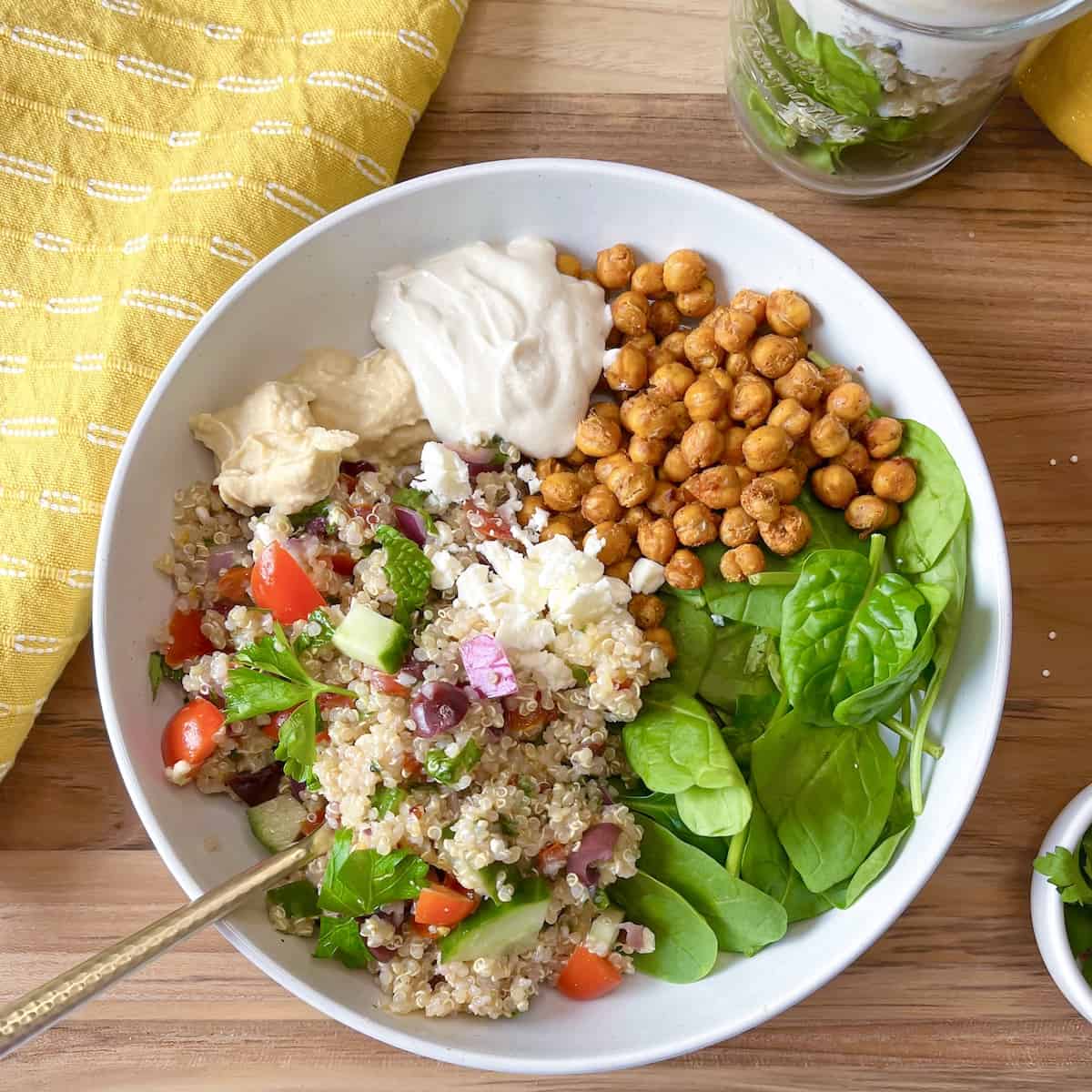
What to Eat During Follicular Phase and Ovulation Phase
This phase right after your menstrual cycle is a good time to incorporate some estrogen-balancing foods in your diet.
Lean Proteins
Load up on lean meats and protein during this phase.
Examples of Lean Protein:
- Poultry - choose high quality animal protein including chicken or turkey.
- Eggs
- Seafood - Lean seafood includes most white flesh fish; tilapia, cod, haddock, grouper, and halibut.
- Peas, Beans, and Lentils - Plant proteins are great sources to add to a cycle syncing diet, too!
Gluten-free Turkey Meatballs or Slow Cooker Chicken, Green Beans, and Potatoes are great options. Prep some Copycat Starbucks Egg White Bites for breakfast for the week. For a plant-based lean protein option, make homemade hummus, Roasted Chickpeas, or Chickpea Soup for a cozy meal.

Complex Carbohydrate Foods
Complex carbs that are high in dietary fiber absorb slower in the blood stream and can help to regulate blood sugar levels and keep you full longer. They can also help with digestion and gut health, decrease the risk of heart-disease, and are good for weight loss.
Examples of Complex Carbohydrates:
- Whole Grains - Whole grains often contain soluble fiber, an important component of a healthy diet. They include brown rice, black rice, red rice, wild rice, barley, buckwheat, quinoa, sorghum, corn, and rye. Whole grains often also contain vitamin B and thiamine. Whole wheat bread and oat cereal are sources of fiber and oats can help lower cholesterol levels.
- Fruits - berries, apples, pears, peaches, oranges, grapefruit, bananas, avocado, papaya, pomegranate, and mango contain fiber. Eat fruit with the skin on when appropriate. An apple with the skin on provides more fiber than one without. Many of these fruits are high in vitamins and other nutrients such as potassium and vitamin C which is good for immunity.
- Vegetables - Many vegetables contain insoluble fiber. These include leafy greens, sweet potatoes, regular potatoes, cruciferous vegetables, squash, eggplant, and carrots.
- Legumes - Beans and lentils are hormone-balancing foods not only great sources of protein- they are also high in dietary fiber.
Aim for 25-30 grams of fiber per day to meet the recommended daily intake.
Sweet potatoes are one of my favorite ways to add complex carbs to my plate. I love making Air Fryer Sweet Potatoes and adding them to scrambled eggs with spinach or on top of a salad. You could also make a Mediterranean Bowl with a Quinoa Salad, 4 Ingredient Oatmeal Cookies, or homemade Hemp Granola to add to greek yogurt for a snack.
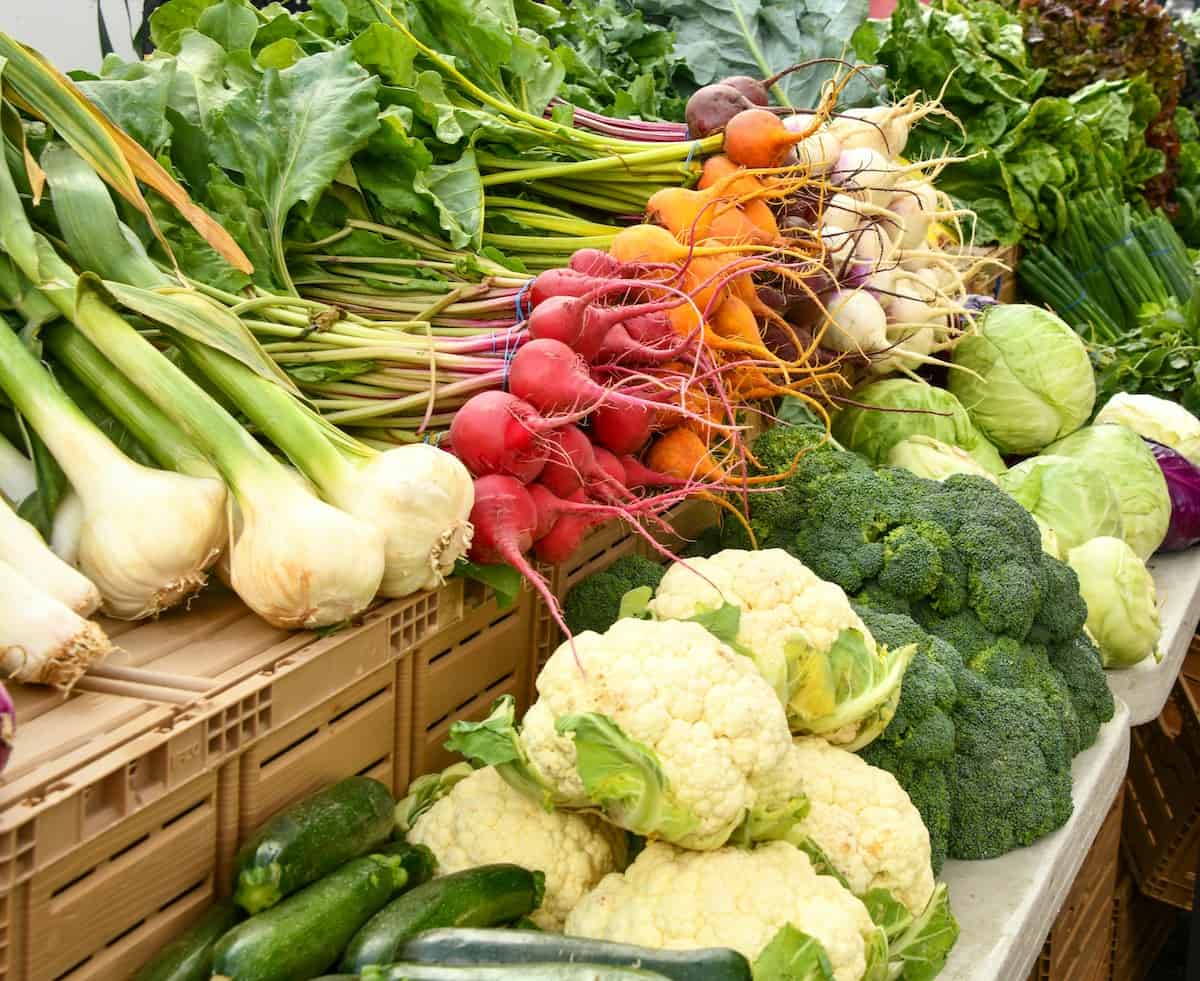
Cruciferous Vegetables
Cruciferous vegetables are nutritious, low calorie, and a great source of fiber. They also support gut health.
Examples of Cruciferous Vegetables:
- Broccoli
- Cauliflower
- Cabbage (red cabbage or green cabbage)
- Kale
- Brussels Sprouts
- Collard Greens
- Chard
- Mustard Greens
- Turnips
- Radishes
Make Roasted Cauliflower and Carrots and pair it with a lean protein and quinoa. Try one of my favorites, Lean and Green Egg Roll in a Bowl made with cabbage.
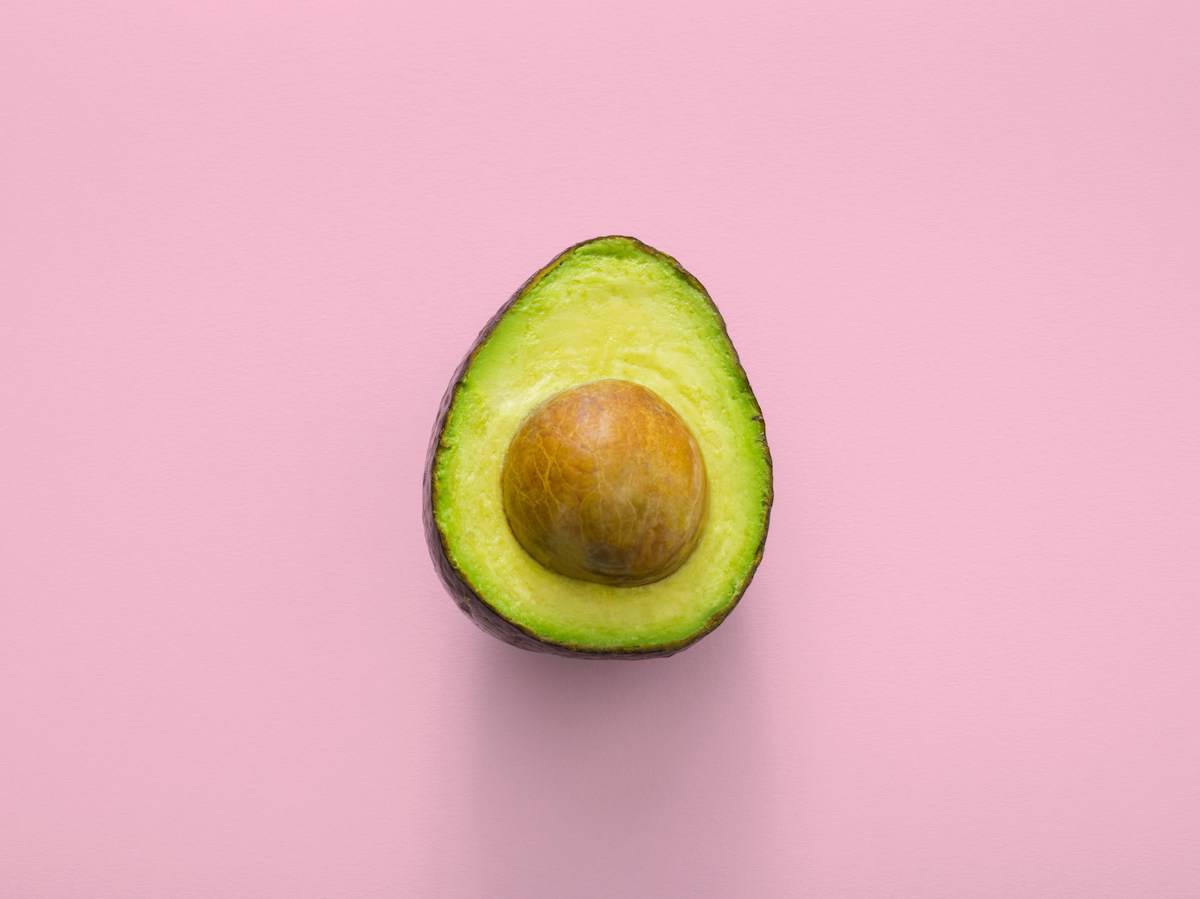
Healthy Fats
Healthy fats including Omega-3, Omega-6, and Omega-9 fatty acids can help to balance hormones and are found in many nutrient-dense foods.
Foods High in Healthy Fats:
- Fatty Fish such as salmon, sardines, and tuna.
- Olive Oil - Olive oil is high in an Omega-9 fatty acid called Oleic Acid that is anti-inflammatory good for a cycle syncing diet and is also a staple in the healthy Mediterranean Diet.
- Avocado Oil - Avocado oil is also high in the same anti-inflammatory Oleic Acid as Olive Oil and also contains Vitamin E.
- Nuts and Seeds - Macadamia nuts provide Omega-9.
- Beans, Peas and Lentils
Make a Salmon and Quinoa Salad or Orange and Cranberry Granola with Almonds to get some healthy fats in your diet. Avocados are also high in monounsaturated fats which are the good kind of fat! So add that guac, sis.

What to Eat During Luteal Phase
This is the cravings phase. A recent study published in Nature Metabolism showed that increased cravings during the luteal phase may be due to decreased insulin sensitivity resulting in higher blood sugar levels.
This is especially true at the end of the luteal phase and could explain why you feel hungrier right before your period. There are specific foods you can eat that help with cravings and support your body during this part of the cycle.
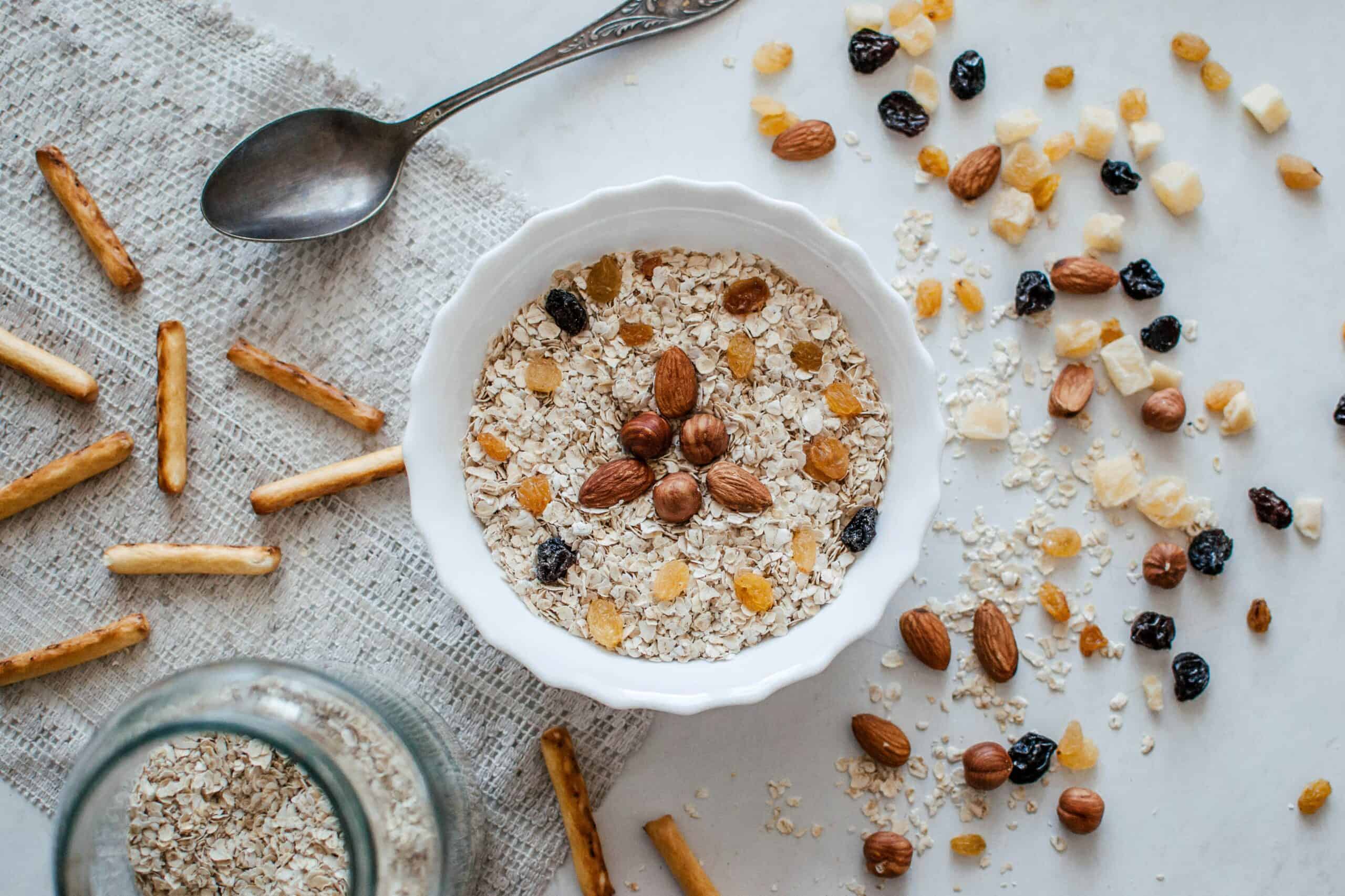
Complex Carbohydrates and High Fiber Foods
Continue to focus on complex carbs and foods high in fiber including whole grains and starchy vegetables during this phase. Adding high fiber foods to your plate helps keep you full longer and balance blood glucose.
Before those carb cravings get the best of you, eat dark chocolate, which is high in antioxidants.
Focus on eating some of the heartier, eat more satiating and dense fruits and vegetables like bananas, potatoes and squash. These can be added to chilis and soups to amp up your veggie intake and give you plenty of vitamins and minerals
See the section above for more examples of complex carbs.
Make Date Snickers for a sweet treat that also contains fiber and other nutrients. Try Quinoa Salad, Hemp and Date Granola, Air Fryer Sweet Potatoes, or a Smoky Chickpea Soup. Add some GF Turkey Meatballs on top of chickpea pasta with your favorite tomato sauce.

High Magnesium Foods
Magnesium-rich foods can help with fluid retention which is common during the luteal phase.
Examples of Foods High in Magnesium:
- Spinach
- Avocado
- Soy products such as tofu
- Peanuts
- Almonds
- Pumpkin Seeds
- Black Beans
- Edamame
Cycle Syncing Food Chart
Below is a cycle syncing food chart to give you a visual of the cycle phases, symptoms to expect, and what kinds of food to eat during each phase of your cycle. Consider this a free "cheat sheet" for cycle syncing foods!
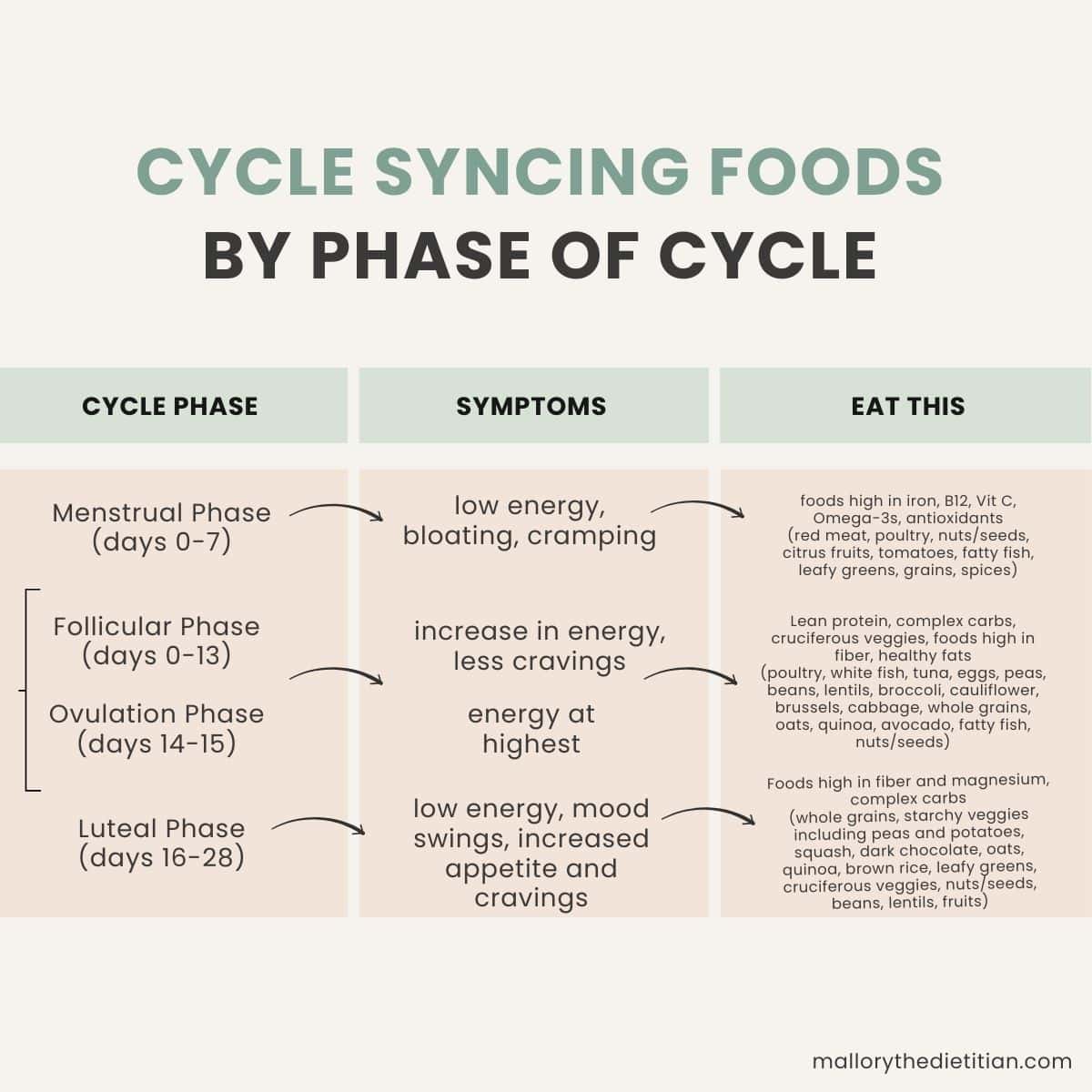
Cycle Syncing Fitness Routine
Below are some suggested recommendations for planning your exercise or fitness routine around your phase of the menstrual cycle. This can be a great addition to a cycle syncing diet.
- Menstrual phase: Focus on low intensity such as walking or stretching. You might consider doing a yoga class during this week. There are many benefits to walking outside.
- Follicular Phase: Take advantage of increasing energy levels with cardio workouts. Throw on a dance video, go for a jog, or hit the spin bike.
- Ovulation Phase: While your estrogen is at it’s highest, you’re likely to have corresponding high energy levels. This is a great time for high intensity interval training (HIIT). You could do a run/walk interval, search "HIIT workout" on YouTube and choose one, or go to a spin or boxing class.
- Luteal Phase: Medium cardio and strength. Do some weights or do bodyweight strength training like a pilates or barre class. Do a light jog or a fun zumba workout.

Remember that rest is important, too! Some days or weeks you may want to take off from exercising altogether and that's ok. Listen to your body and rest when you need to.
Beyond diet and exercise, it can help to practice gratitude, take a self-care day, or even take a trip to an infrared sauna. You can also use cycle syncing to adjust things like date nights, social outings, and work trips (if possible) around your phases and energy levels during each phase!
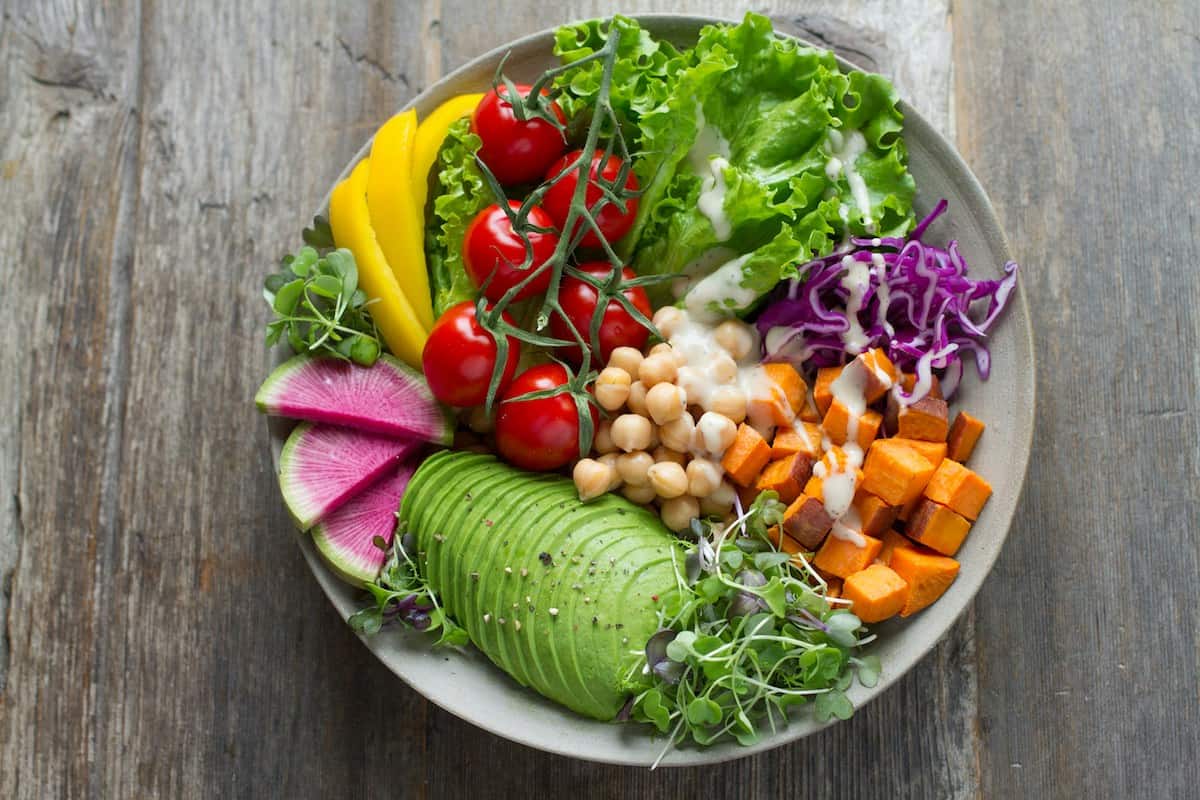
In Conclusion
Cycle syncing is all about planning your lifestyle habits around the phases of your menstrual cycle. This includes what you eat, the type of exercise you do, and even things like big work projects or social events.
By learning your cycle, you can predict the weeks you will have more or less energy and support healthy hormones by eating the right foods for that phase of your cycle. Save the cycle syncing food chart in this article for your reference and make sure you are meeting your nutritional needs during every phase of your cycle!
I hope you enjoyed this article! I would love to hear from you if so. Please leave me a comment below or find me on Instagram....I LOVE knowing there’s people out there reading my articles. 🙂 IG: @mallorythedietitian
References: Cleveland Clinic, Forbes, Harvard, Nature Metabolism, Cleveland Clinic, Medical News Today, Women's Health, Healthline, Red Cross, Healthline (iron)
Looking for More Nutrition Education?
Here are some educational posts you may enjoy.

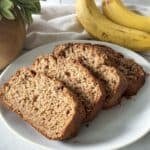


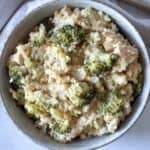



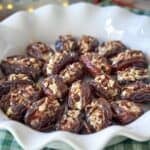
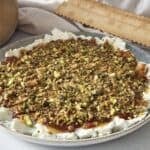
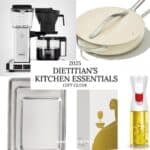
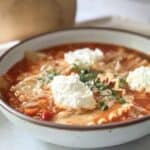
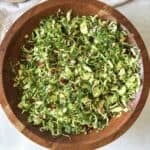
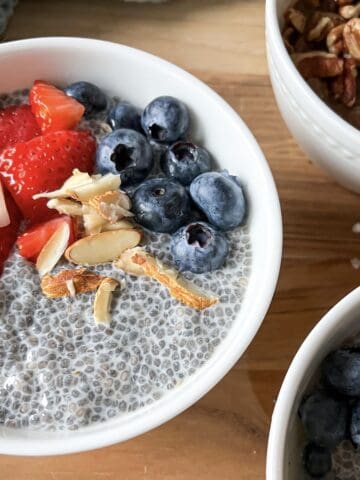
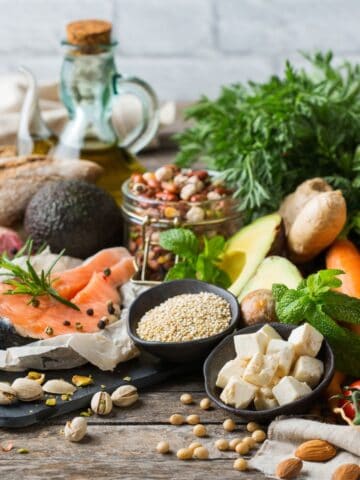
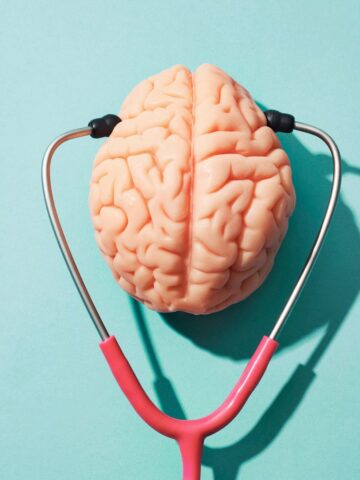
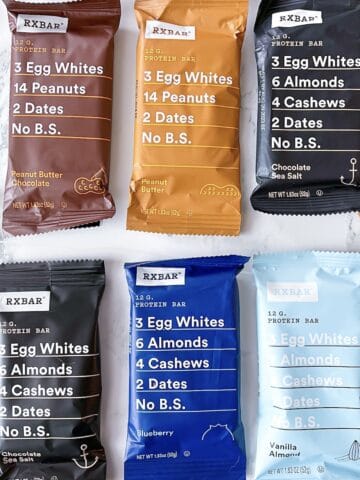
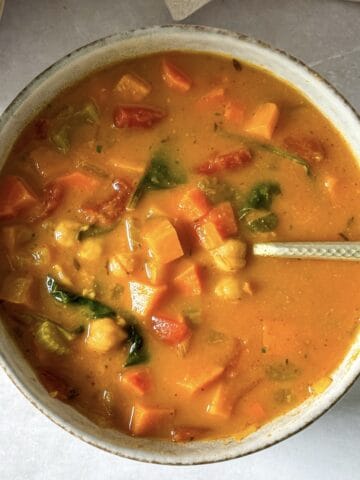
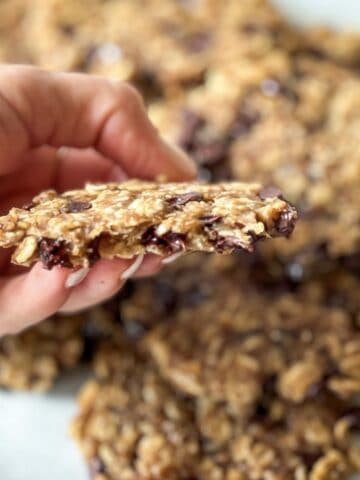
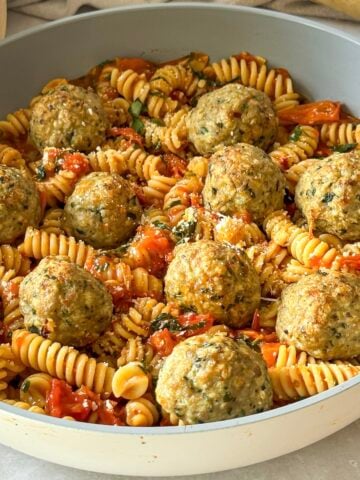
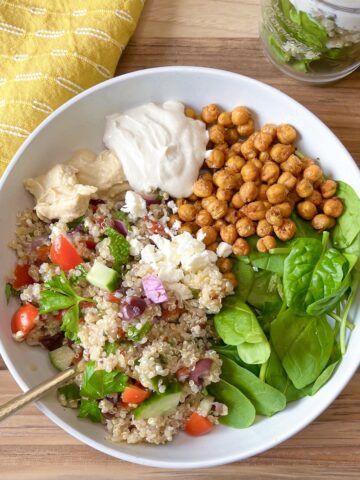
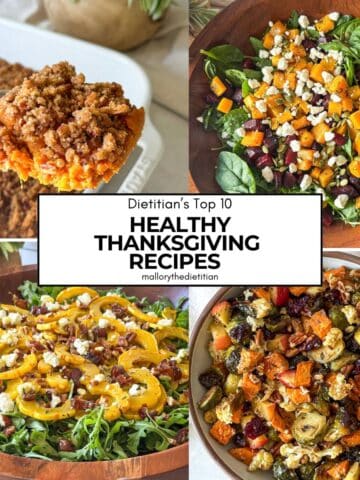
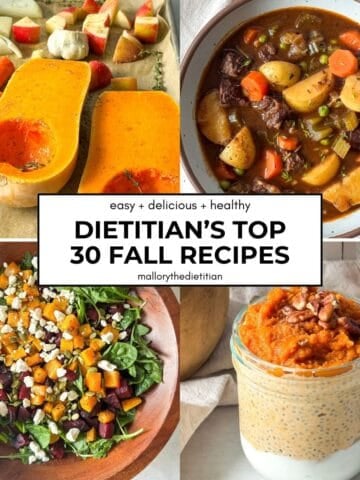


Comments
No Comments